
Though I don’t believe in fabulous creatures, I always love to see depictions of them. I found this pair of griffins guarding a bollard in front of a building on the historicizing Wiener Ringstraße (Vienna Ring Road).
You only see what you know (Goethe)

Though I don’t believe in fabulous creatures, I always love to see depictions of them. I found this pair of griffins guarding a bollard in front of a building on the historicizing Wiener Ringstraße (Vienna Ring Road).
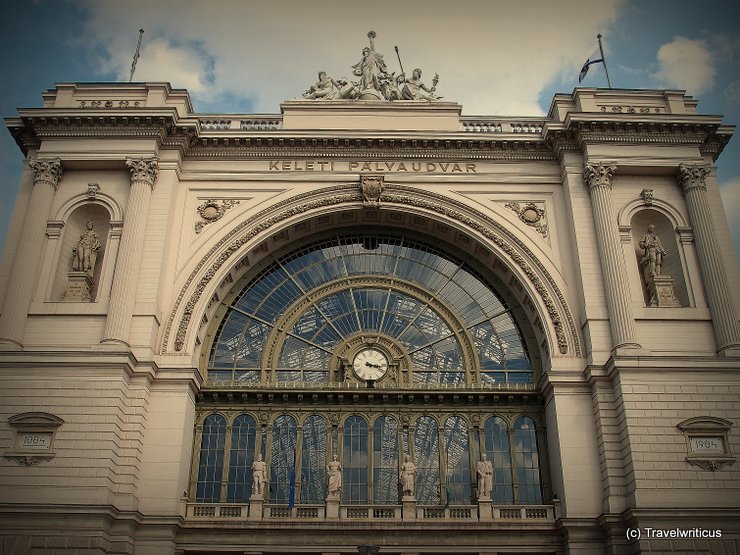
The Budapest Keleti pályaudvar railway station (abbreviated as Keleti pu) is the most important of the three major international stations in Budapest. It was built between 1881 and 1884 by János Feketeházy (railway engineer) and Gyula Rochlitz (architect).

While travelling from Naumburg (Saale) to the Nebra Sky Disk visitor centre by bus, I got this view of the newly built Unstrut Viaduct. Serving for the high-speed line Berlin–Munich, it crosses the spacious Unstrut Valley. [German]
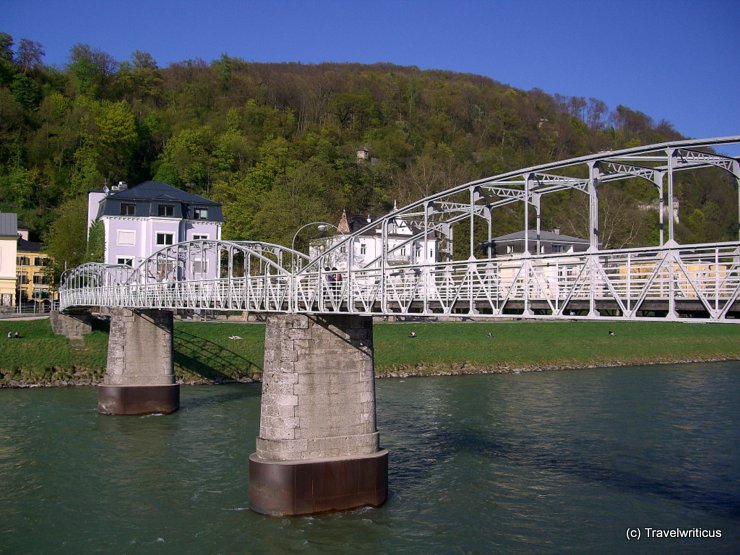
The Mozartsteg in Salzburg is a footbridge named after Wolfgang Amadeus Mozart. The Art Nouveau-style bridge saw its completion in 1903. At that time, pedestrians had to pay a toll for using this privately owned construction. [German]
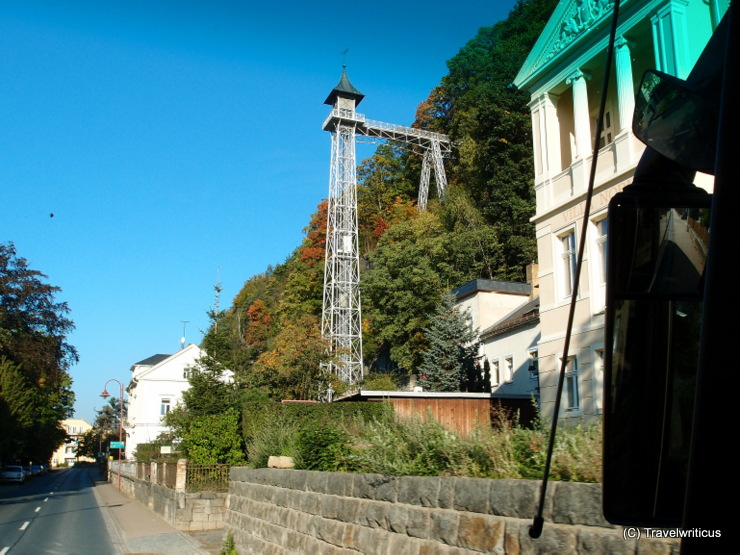
On my bus trip from Bad Schandau to the Saxon Switzerland National Park, I took this snapshot of the Bad Schandau Elevator (1904). This truss tower overcomes a difference in height of 47.76 m.
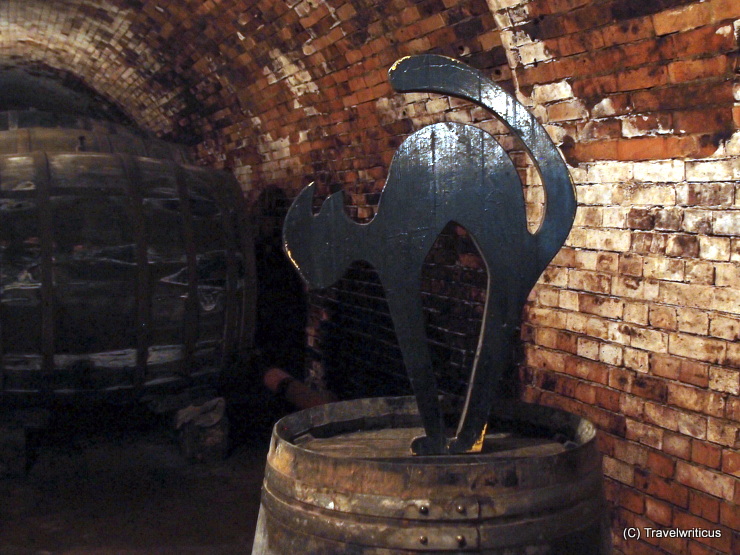
In the Austrian region of Weinviertel, you often see the model of a cat. This symbol is known as a cellar cat (Kellerkatze). Local people believe a cat living in a wine vault will always rest on the barrel with the best wine.

Not far from the artificial ruins in Ilmpark stands a monument to William Shakespeare. The tribute of a British poet in Weimar surprises, but there is a reason. Goethe is considered a main protagonist in the German Shakespeare reception of his time. [German]
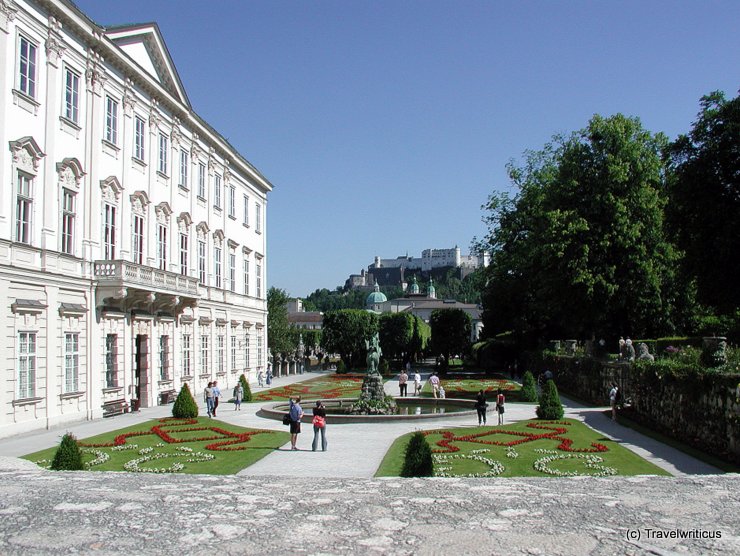
Mirabell Palace (Schloss Mirabell) is known for its marble hall as a wedding location. Besides that, its garden offers a magnificent view of the Hohensalzburg Fortress and surprises with several magical sculptures.

The Cathedral of Our Dear Lady (Frauenkirche), also known as Münchner Dom, is the largest church in Munich. The two steeples build an iconic landmark of the Bavarian capital by overtowering all rooftops. [German]
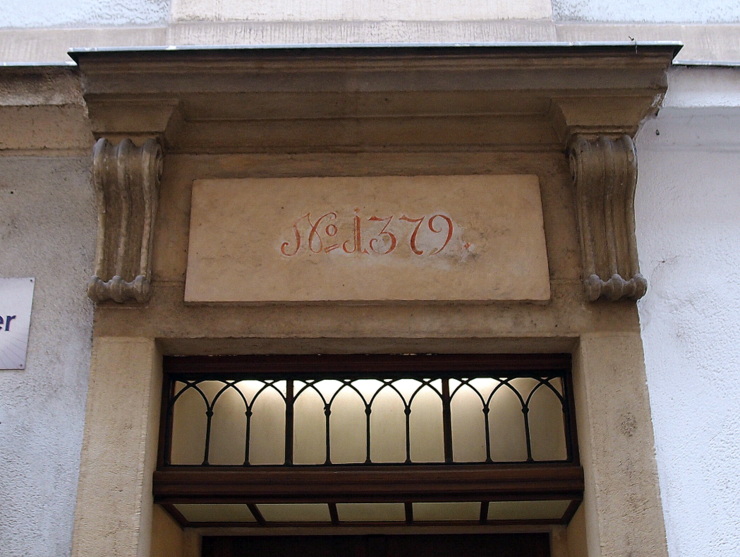
The first official numbering of houses in Vienna was ordered by Maria Theresa in 1770. Following this order, the house numbers were given successively as the houses were built. No street names but numbers from 1 to nonterminating.
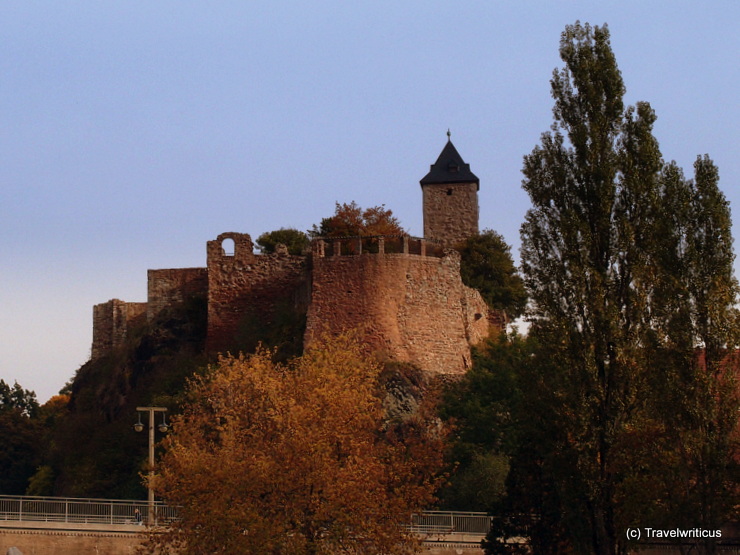
Giebichenstein Castle (Burg Giebichenstein) is a member of the Romanesque Road (Straße der Romanik). It served as a royal residence of Otto I for many years. Today, parts of the castle house a campus of the Kunsthochschule Halle.
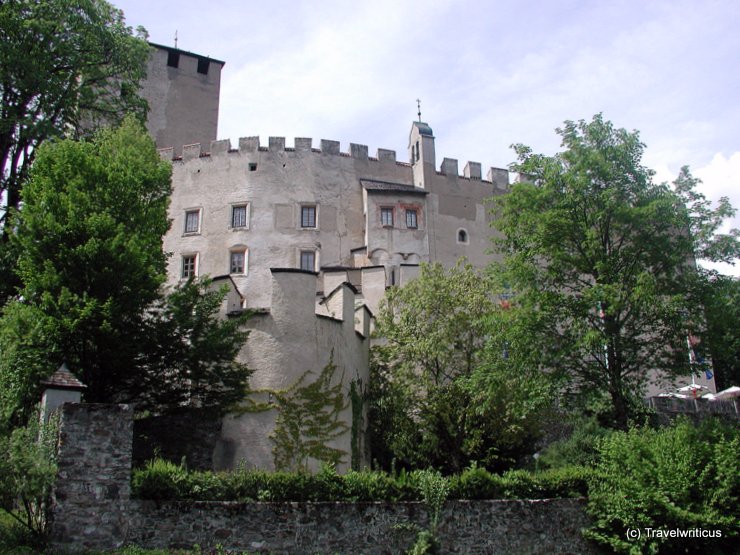
The Counts of Gorizia built Bruck Castle (Schloss Bruck) in the 13th century. The creator of the frescoes in the worth-seeing chapel was the late Gothic artist Simon von Taisten. At the museum, you find monumental paintings by Albin Egger-Lienz. [German]